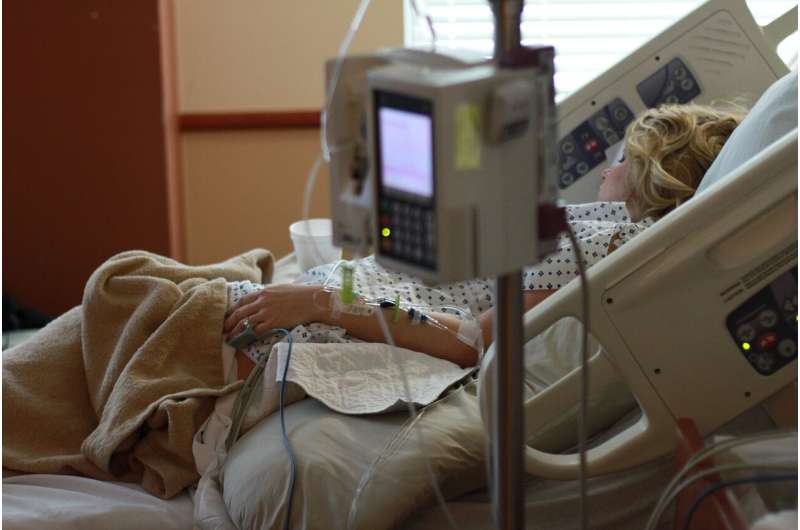
The language status of patients hospitalized for COVID-19 may significantly impact health outcomes during their admission, as non-English speaking individuals were found to have 35 percent greater odds of dying or requiring intensive care unit (ICU) support during the earliest phase of the pandemic compared to English-speaking patients, according to a study by Mass General Brigham (MGB). While improvements have since occurred, researchers discovered that sociodemographic disparities continue to disproportionately affect COVID-19 hospitalization and clinical outcomes of minority patients, creating the need for additional interventions at both hospital and community levels to close the equity gap. The results were published in Journal of Racial and Ethnic Health Disparities.
“This is one of the first studies to demonstrate a direct relationship between language status and health outcomes during COVID-19 hospitalizations, and we hope these findings can serve as a cautionary reminder to hospitals everywhere to proactively address the communication needs of patients with limited English proficiency prior to future surges of the virus,” says lead author Priscilla Wang, MD, a general internist at Massachusetts General Hospital and population health specialist. “Fortunately, language-based inequities are correctable and improvements are starting to take place through, for example, greater messaging and materials in different languages provided within hospital and community settings.”
Researchers studied nearly 10,000 primary care patients admitted to the Mass General Brigham Health System with COVID-19 between March 1, 2020 and March 1, 2021, dividing the pandemic-intensive period into two six-month “waves.” The retrospective analysis found that Hispanic/Latino patients comprised close to one-third of all COVID-19-related admissions during the first wave, more than three times their pre-COVID-19 proportion. Similarly, the proportion of non-English-speaking patients admitted increased fourfold from pre-pandemic rates. While these numbers remained greatly skewed toward minority and immigrant populations during the second wave, investigators did find improved clinical outcomes. Specifically, fewer patients admitted with COVID-19 developed severe illness or died compared to the first wave, and the association between language and severe COVID-19 outcome also disappeared in the second wave.
“Increased access to novel therapeutics and vaccinations may have contributed to these changes, but we believe improved support for patients with limited English proficiency within the acute care setting also played a major role in our health system,” notes Wang, who served in a COVID-19 ICU in the early stage of the pandemic. At Mass General Brigham, those changes have included increasing in-person interpreter availability, investing in video-based interpretation equipment for isolation rooms, and increasing availability of informational materials translated into common languages. As the study points out, an equally urgent need exists within communities for language-appropriate vaccination campaigns targeting highly impacted minority members, and for translation of relevant primary care-based educational materials.
“The progress we’ve seen between the first and second waves of the pandemic suggests it is possible to close language-based disparity gaps in patient outcomes with focused interventions,” emphasizes Wang. “But now is not the time to let our guard down. Serious inequities still remain, making it more important than ever for health systems to make continued investments in programs and policies that support patients with limited English proficiency.”
Wang is a primary care physician at Massachusetts General Hospital and a population health fellow at Mass General Brigham. Co-authors include Gregg S. Meyer, MD, MSc, president of the Community Division and executive vice-president of Value-Based Care for MGB; Harrison Hubbell, senior healthcare data analyst at MGB; and Po-Yu (Alex) Lai, senior director of Enterprise Analytics in MGB Population Health Management.
Massachusetts General Hospital

